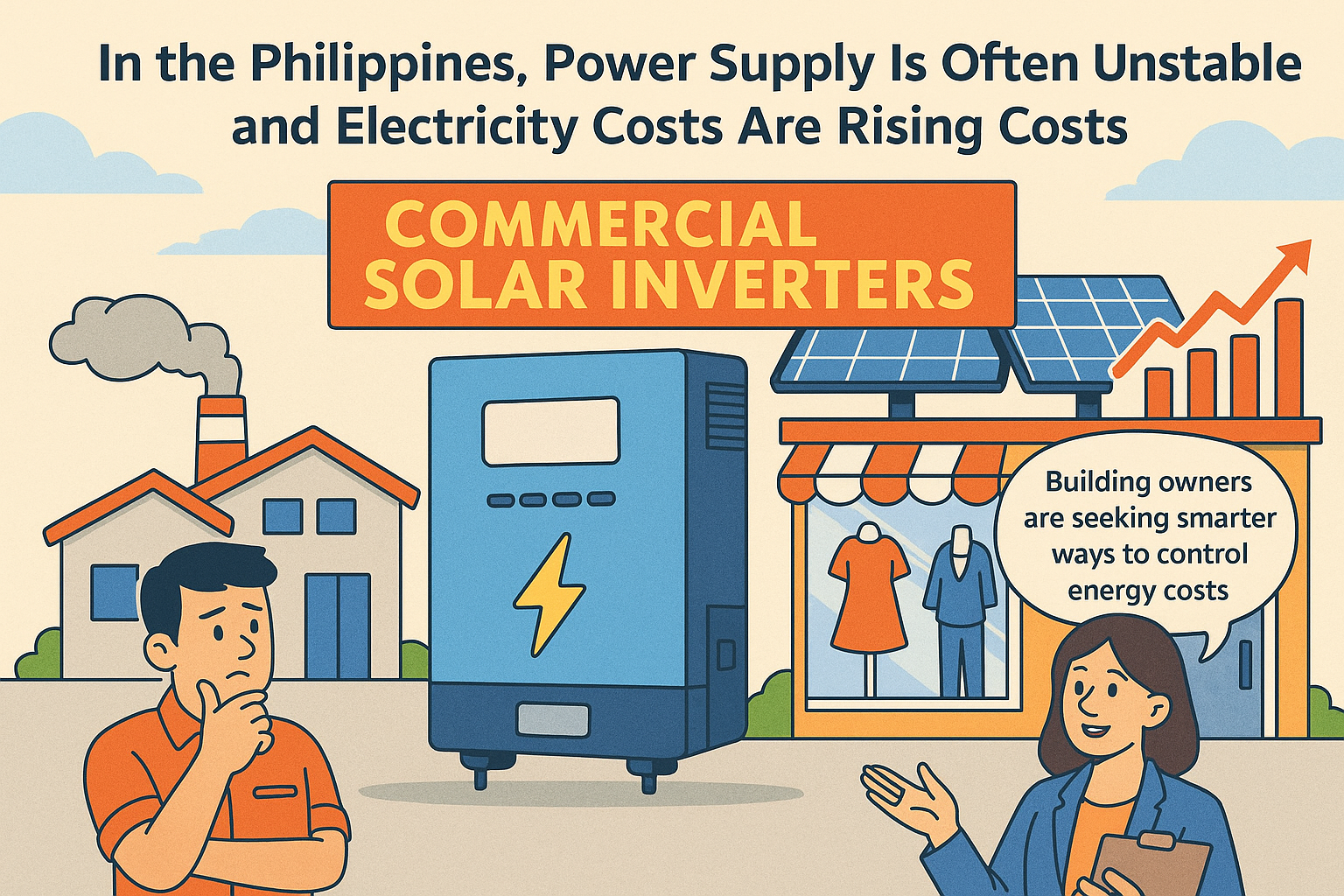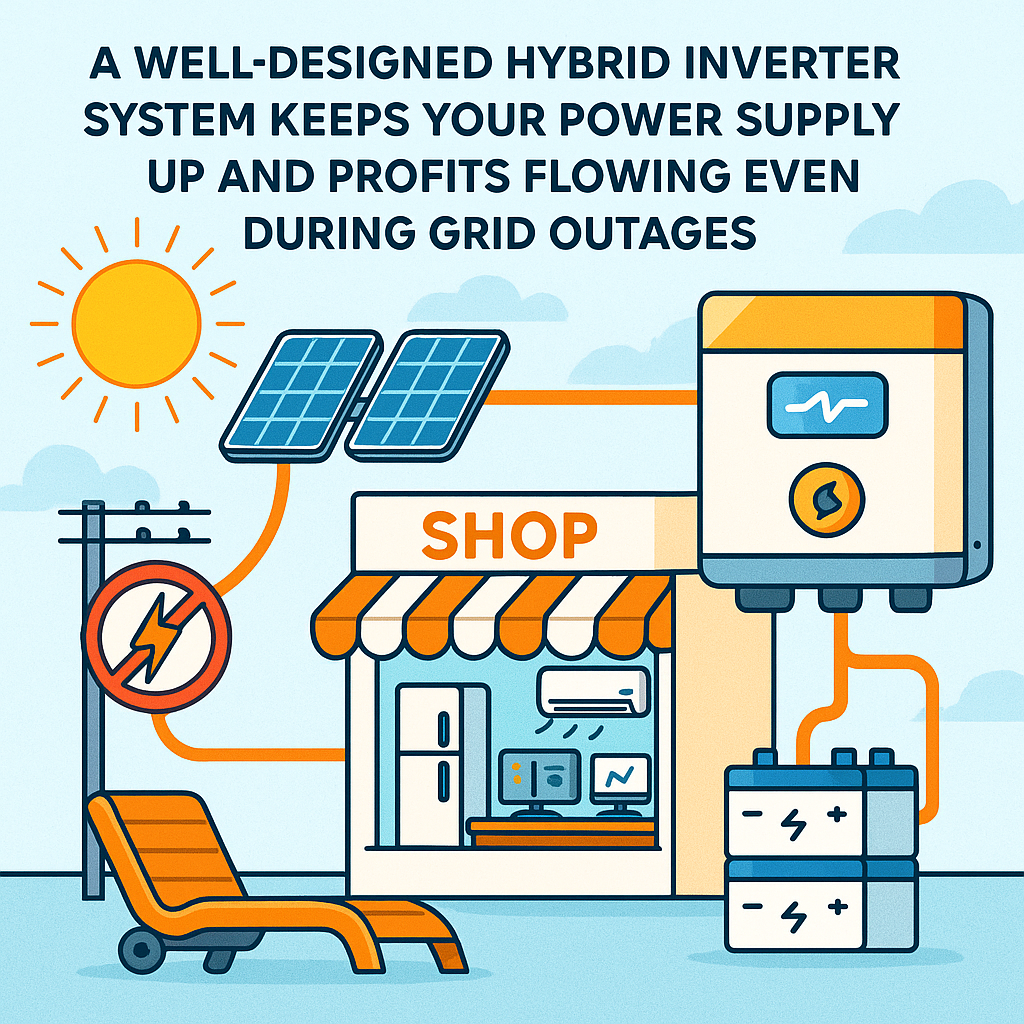
The global photovoltaic industry is currently experiencing a period of unprecedented expansion and transformation, solidifying its position as a cornerstone of the worldwide transition to renewable energy. Driven by a convergence of economic, technological, and environmental factors, solar power is no longer an alternative but a mainstream energy source. This rapid evolution is characterized by significant solar energy growth, with installation records being broken year after year. As nations around the world intensify their efforts to combat climate change, the photovoltaic sector stands at the forefront, poised to meet the escalating demand for clean, sustainable power solutions.
Understanding Key Photovoltaic Market Trends
One of the most defining photovoltaic market trends is the dramatic reduction in the cost of solar energy. Over the past decade, the Levelized Cost of Energy (LCOE) for utility-scale solar PV has plummeted, making it one of the cheapest sources of new electricity generation in many parts of the world. This cost-competitiveness is fueling widespread adoption across residential, commercial, and industrial sectors. Furthermore, the market is seeing a diversification of applications, from large-scale solar farms to integrated building photovoltaics (BIPV) and floating solar installations. Government policies and incentives continue to play a crucial role, with tax credits, feed-in tariffs, and renewable portfolio standards stimulating investment and accelerating deployment across the globe.
Innovations Driving PV Technology Advancements
The engine behind the industry's sustained growth is relentless innovation and significant PV technology advancements. Researchers and manufacturers are constantly pushing the boundaries of what is possible, leading to remarkable photovoltaic efficiency improvements. Technologies like Passivated Emitter and Rear Cell (PERC), Tunnel Oxide Passivated Contact (TOPCon), and Heterojunction (HJT) have become mainstream, offering higher energy yields and better performance. Looking ahead, next-generation materials like perovskites promise even greater leaps in efficiency and cost reduction, potentially revolutionizing solar panel manufacturing. These advancements not only make solar panels more powerful but also enhance their durability and reliability, ensuring a longer operational lifespan and a better return on investment.
| Innovation/Advancement Category | Key Details |
|---|---|
| Mainstream Technologies | PERC, TOPCon, and HJT are mainstream; offer higher energy yields and better performance. |
| Next-Generation Materials | Perovskites promise greater efficiency leaps and cost reduction, potentially revolutionizing manufacturing. |
| Outcomes of Advancements | Improve panel power, durability, and reliability; extend operational lifespan and enhance return on investment. |
The Future Outlook: Demand Forecast and Clean Energy Initiatives
The photovoltaic demand forecast points towards continued exponential growth, propelled by ambitious clean energy initiatives worldwide. International commitments, such as the goals outlined in the Paris Agreement, have created a powerful mandate for decarbonization, with solar PV playing a central role in national energy strategies. Emerging economies, in particular, represent a massive potential market as they seek to electrify rural areas and power their economic development with sustainable sources. The increasing focus on energy independence and grid resilience is also driving demand for decentralized solar-plus-storage solutions. As the world collectively moves towards a net-zero future, the global photovoltaic industry will be indispensable in powering our homes, businesses, and communities for generations to come.

For more information on photovoltaic technology, please visithttps://youtu.be/JB56vgBNr6E?si=48ZjW1I9exvg7s-ofor detailed content.



